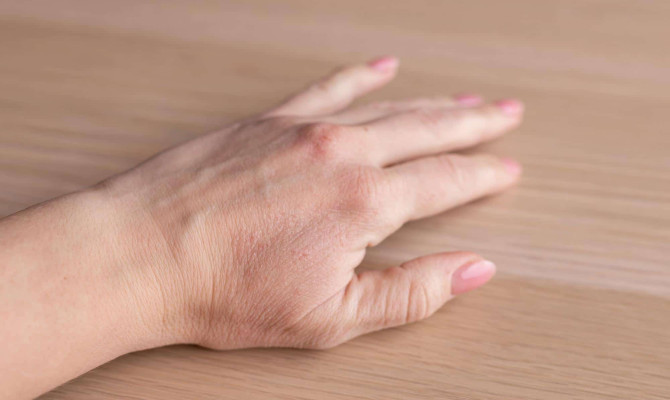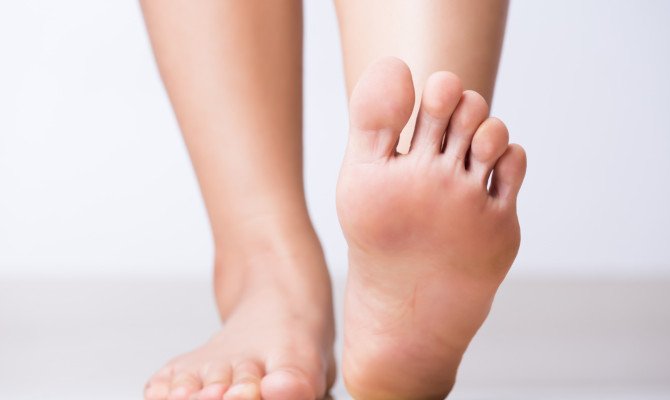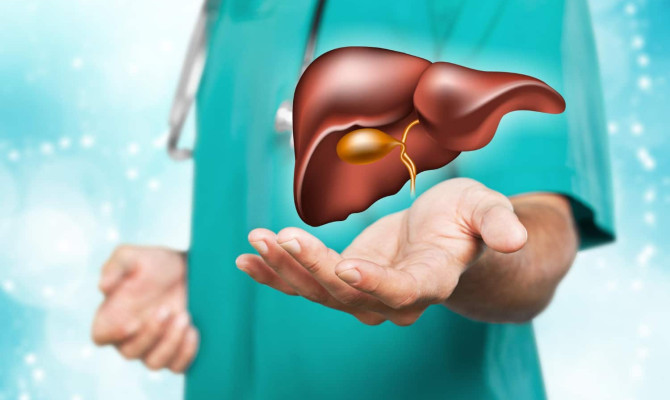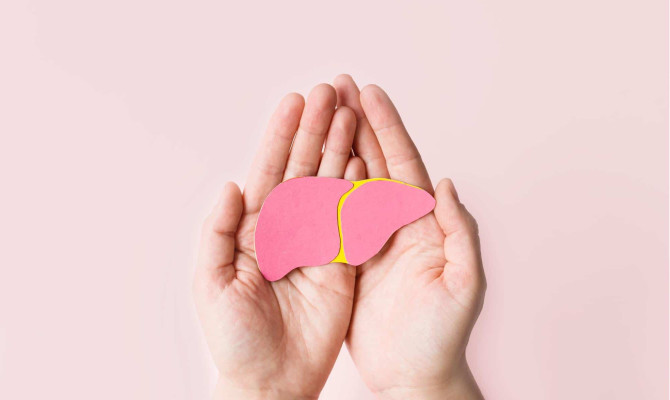Migraine : Types, Symptoms, and Treatment

- Migraine
- 16 Aug 2023
Overview
What is Migraine ?
Migraines lead to throbbing pain on either side of the head and can range in intensity from mild to severe. The enhanced sensitivity to light and sound is another symptom experienced by many people. 1 in 5 women and 1 in 15 men experience migraines every year. They typically start happening in one’s early 20s.1Overview| Researched based study from Nhs.uk
Migraines are severe headaches that typically affect only one side of the brain and cause excruciating agony. Nausea, puking, and hypersensitivity to light and noise are also common symptoms.
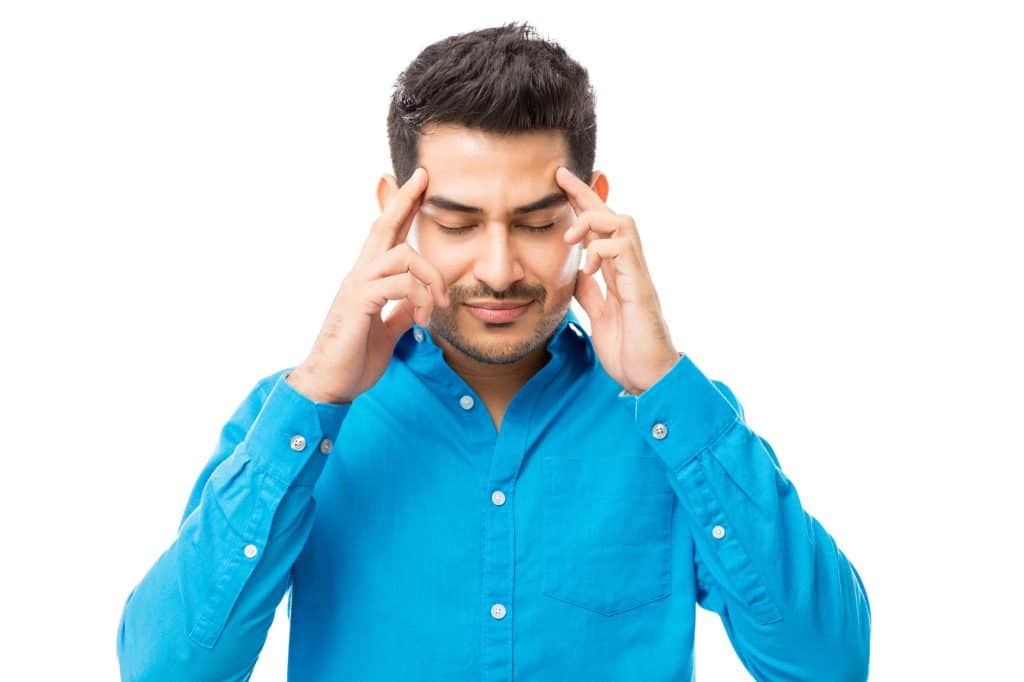
Types
Types of Migraine
Migraine present in a variety of forms, some of which are:
Migraine with aura
- Migraines accompanied by an aura are characterized by the presence of warning symptoms prior to headache onset.1Types| Researched based study from Nhs.uk
Migraine with no aura
- Migraine without aura is what most people who experience migraines have.
Silent Migraine
- Aura-only migraine, or silent migraine, is characterized by the presence of migraine symptoms but the absence of a headache.1Types| Researched based study from Nhs.uk
Symptoms
Symptoms of Migraine
- A severe headache, typically on either side of the head, is the main symptom of a migraine.
- Sometimes the pain could spread to your face or neck from either side of your head.
- A moderate to serious throbbing ache is also common.2Symptoms| Researched based study from Medlineplus.gov
- The discomfort worsens with motion and may stop you from performing usual activities.
- Nausea
- Puking
- Increased sensitivity to light and sound
- Lack of Focus
- Perspiration
- Ache in the abdomen
- Sensation of extreme heat or cold
- Symptoms of dizziness and diarrhea2Symptoms| Researched based study from Medlineplus.gov
Some people with migraines don’t have the ancillary signs and symptoms. It’s possible to have one without a corresponding headache for some patients.
A migraine can last between four hours and three days. For up to a week after, you could have extreme fatigue.
Symptoms of Aura
Aura is a transient set of warning sensations experienced by about one-third of migraine sufferers. Among these are:1Symptoms| Researched based study from Nhs.uk
- Symptoms such as difficulties seeing (flashing lights, zigzag patterns, blind patches)
- Feeling numb or tingling (pins and needles)
- Symptoms spread to your face, lips, and tongue
- Difficulty in speaking
- Sensations of vertigo or imbalance
- Unconsciousness
The onset of aura symptoms might take as little as 5 minutes and can persist as long as an hour. A headache and an aura may occur at the same moment or the aura may occur first. A minor or even completely absent headache may accompany an aura in some persons.
Stages
Stages of migraine
There are often a few stages to a migraine’s development, however, not everyone goes through each one:
Prodromal stage
- This stage starts with changes in mood, activity levels, behavior, and hunger that can occur several hours or days before an attack
Aura
- Typically visual issues, such as flashes of light or blind spots, which can last anywhere from 5 minutes to an hour
The headache stage
- Consists of a pulsating or throbbing pain on one side of the head and can last from 4 to 72 hours
The resolution stage
- Occurs when the headache and other symptoms slowly fade.1Stages| Researched based study from Nhs.uk
Causes
Causes of Migraine
Migraine headaches originate from involuntary mental processes. Many distinct triggers can set off this action. However, the precise sequence of events is still unknown. Most neurologists and neurochemists agree that this issue starts in the brain. The alterations have an impact on brain and tissue perfusion.1Causes| Researched based study from Nhs.uk ,2Causes| Researched based study from Medlineplus.gov
The following can cause a migraine attack:
- Deprivation of Caffeine
- Hormonal fluctuations that occur naturally throughout a woman’s menstrual cycle or in response to taking birth control pills
- Alterations to sleep habits, such as not sleeping enough
- Alcohol consumption
- Exertion and other forms of physical strain
- A lot of noise or a lot of light
- Abandoned dinners
- Aromas and fragrances
- Smoking and secondhand smoke exposure
- Tension and worry
Triggers for migraine
Certain foods may also be migraine triggers. These include:
Dietary triggers for migraine
- Chocolate
- Dairy products, especially some types of cheese
- Monosodium glutamate-containing foods.
- Red wine, smoked fish, chicken livers, figs, and certain beans are all examples of foods that contain tyramine.
- Eat more fruit (avocado, bananas, oranges)
- Nitrate-rich foods such as bacon, hot dogs, salami, and cured meats.
- Onions
- Foods that have been processed, fermented, pickled, marinated, etc.
- Skipped, delayed, or irregular meals
- Alcoholic beverages
- Caffeinated beverages, such as tea and coffee
- Foods high in the amino acid tyrosine, such as cured meats, yeast extracts, pickled herrings
Environmental triggers for migraine
- Intense illumination
- Screens that flicker, as a TV or computer screen while smoking
- Loud sounds
- Humidity shifts
- Extreme cold, and other climatic variations
- Stale air and pungent odors
- Medications: a variety of sleep aids
- HRT, or the combination contraceptive pill1Triggers| Researched based study from Medlineplus.gov
Risk factors
Risk factors of Migraine
- Ischemic stroke
- Ischemic heart disease
- Poorly managed hypertension
- Heart pain
- Gestation
- Hemiplegic or basilar migraine 4Risk factors| Researched based study from Nhsinform.scot
Diagnosis
Diagnosis of Migraine
Migraine cannot be diagnosed with absolute certainty. A general practitioner has to see a pattern of frequent headaches and other symptoms in order to make an appropriate diagnosis.
Migraine can strike with or without the usual warning signs. Sometimes longer time periods are needed to get a proper diagnosis.
Visiting a medical physician
- On the first visit, your doctor may perform a full physical examination, testing your reflexes, feelings, and eye and hand coordination among other things.4Risk factors| Researched based study from Nhsinform.scot
- These can help eliminate other potential explanations for your symptoms.
Journal keeping
If you’ve been experiencing migraines for a while, keeping a record of your attacks for a few weeks can be helpful in making a diagnosis.
Take down notes on the following:
- Details such as when the migraine first struck, what you were doing, how long it lasted, what symptoms you encountered, and what treatments you tried.4
- One of the reasons migraines can become so difficult to treat is that patients often need to take pain medication multiple times each day.
- The long-term use of pain relievers, rather than exceeding or maintaining the authorized dosage, is the most common cause of headaches.
- Keeping track of the medications you take for pain and how often will be very useful.
- Long-term use of pain medication is not recommended for more than 10 days per month.
- Women might also consider keeping track of the first day of their menstruation to help their doctor pinpoint any underlying causes.4Risk factors| Researched based study from Nhsinform.scot
Treatment
Treatment of Migraine
Acute treatment
- The goal of immediate care for a headache is to halt its worsening.
- Fast action and a sizable single dose are required for treatment.
- Patients who suffer from migraines that cause gastric stasis may not experience relief from oral medications.
- Some individuals, especially those experiencing nausea and vomiting, may require medication administration through the parenteral route.
The therapeutic process includes the following tiers:
Nonsteroidal anti-inflammatory medicines such as
- Acetaminophen (1000 mg)
- Ibuprofen (400–600 mg)
- Naproxen (275–825 mg)
- Diclofenac (65 mg)
- Aspirin (900–1000 mg)
- Sumatriptan succinate (85 mg) and naproxen sodium (500 mg) in a single tablet.4Treatment| Researched based study from Nhsinform.scot
Triptans
The use of triptans in conjunction with NSAIDs appears to be more beneficial than the use of either medication class individually.4Treatment| Researched based study from Nhsinform.scot
- Lasmiditan’s 50 or 100 mg starting dose is ideal, without exceeding 200 mg a day
Antiemetics
- Metoclopramide, chlorpromazine, and prochlorperazine are antiemetics.
- In the emergency room, they are often used in combination with nonsteroidal anti-inflammatory drugs (NSAIDs) or triptans to treat nausea and vomiting.4Treatment| Researched based study from Nhsinform.scot
Calcitonin-gene-related peptide antagonists
For patients who do not respond to standard treatment or who have coronary artery disease
- Rimegepant (75 mg as a single dosage)
- Ubrogepant
Other treatment methods include
- Dexamethasone
- Transcranial magnetic stimulation- It is also a viable choice for people who suffer from persistent migraines.
- Non-invasive remote electric neurostimulation
- Peripheral nerve blocking- Occipital plexus and sphenopalatine ganglion blocks are two examples of peripheral nerve blocking that could be tried.
Alternative therapies
Patients need to be fully invested in making positive adjustments to their lifestyle, but social support goes a long way in fostering recovery from mental illness.
- Exercising frequently
- Yoga
- Learning to relax
- Behavioral and cognitive therapy
- Biofeedback techniques
- Reducing precipitating Events
- Detoxification
- Melatonin intake
Prevention
Prevention of Migraine
If you’re experiencing migraines more than twice a week despite taking triptans, your doctor may prescribe preventative medication. The purpose is to lessen the frequency and intensity of migraine attacks. Migraine sufferers may find preventative relief from the following medications:2Prevention| Researched based study from Medlineplus.gov
- Beta-blockers, angiotensin blockade drugs, and calcium channel blockers are examples of regularly prescribed medications for hypertension.
- Anticonvulsants are used to treat epileptic seizures.
- Type B botulinum toxin Select patients receive vitamin A injections
- Magnetic stimulation and other forms of nerve stimulation provided by newer technology are also being studied as potential preventative measures for migraines.
Prognosis
Prognosis of Migraine
- Migraines are chronic conditions that can recur to episodic migraine in 26-70% of individuals.
- While remissions that last for years are very uncommon, some individuals have a pattern of leaving and then returning to a chronic state.
- Age can lessen both the severity and frequency of attacks.
- The peak age for an episode is between the ages of 35 and 39, but they continue to rise during adolescence and peak between those ages.3Prognosis| Researched based study from Nlm.nih.gov
Takeaway
Takeaway
Migraine is a complicated illness that is influenced genetically and is defined by episodes of moderate-to-severe headache, most typically on one side of the head, and is generally coupled with nausea as well as sensitivity to light and sound.
Migraine attacks can last for hours or days. It is a common reason for people to become disabled and unable to work. Attacks of migraine are complicated brain events that can last anywhere from a few hours to several days and occur repeatedly. A migraine without aura is the most common type of migraine.
Any feedback on this article?
 This Articles content was accurate
This Articles content was accurate Very Informative Article
Very Informative Article I have a question or a comment
I have a question or a comment
 This article contains inaccurate content
This article contains inaccurate content This article was not helpful
This article was not helpful I have a question or a comment
I have a question or a comment
We appreciate your helpful feedback!
Checkout our social pages
References
-
National Health Service
Migraine | Overview | Types | Symptoms | Stages | Causes
-
Medline Plus
Migraine | Causes | Symptoms
-
National Library of Medicine
Migraine Headache | Prognosis
-
NHS Inform
Migraine | Treatment | Risk factors | Diagnosis














